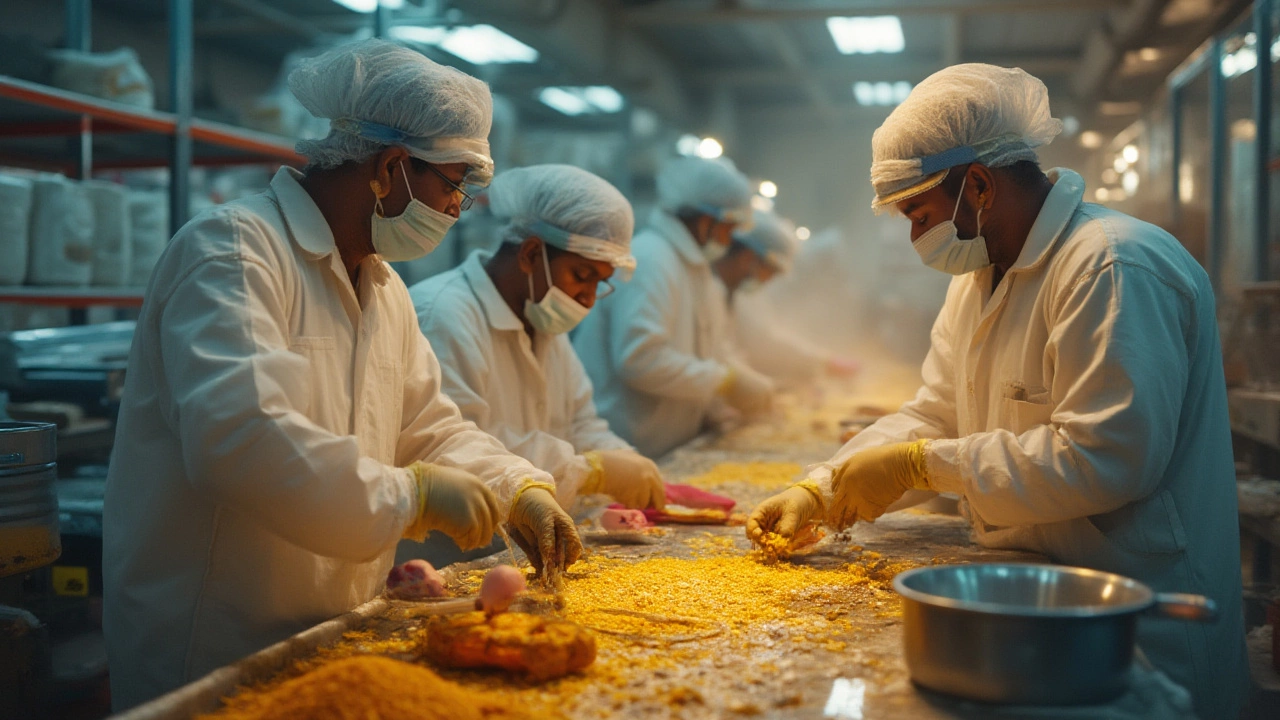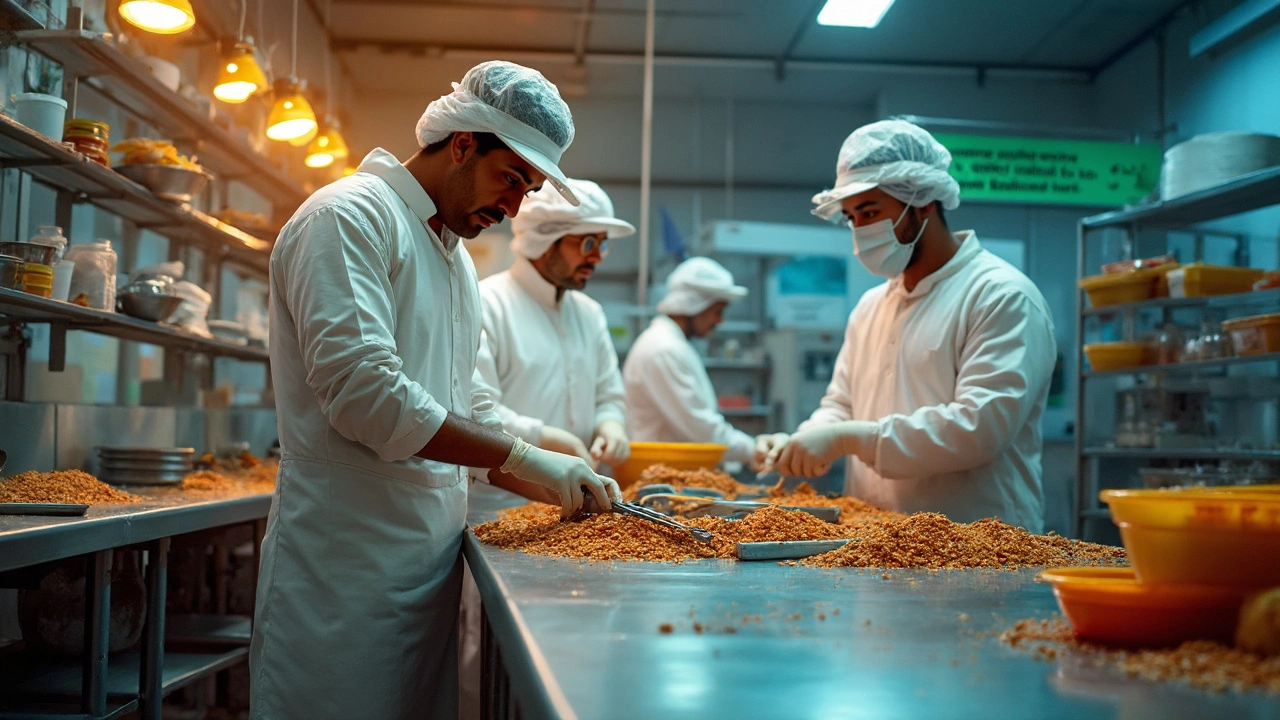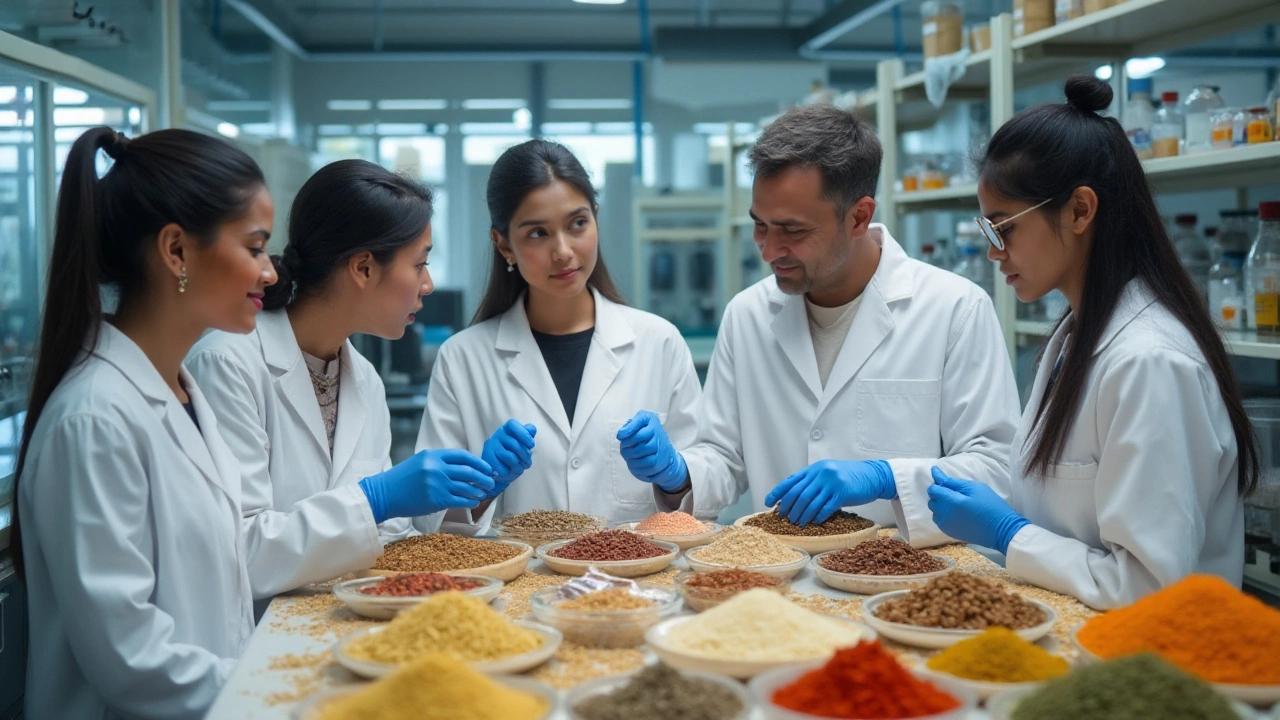Food Safety Essentials for Indian Manufacturers
Running a food production line means more than just making tasty products. It means keeping every bite safe for the consumer. Below are the most useful steps you can start using today, no matter the size of your operation.
Start with a Clear Food Safety Plan
A solid safety plan is the backbone of any successful food business. Write down every step of your process—from raw material receipt to final packaging. Identify where contamination could happen and assign a person to watch each critical point. Simple checklists work best; they keep the team on the same page and make audits easier.
When you map the flow, you’ll spot hidden risks. For example, a shared cutting board between raw meat and vegetables is a classic mistake. By separating tools or cleaning them thoroughly between uses, you cut the risk dramatically.
Follow the Key Standards and Certifications
India’s food industry follows the FSSAI (Food Safety and Standards Authority of India) rules. Make sure your plant meets the FSSAI licensing requirements, such as proper ventilation, pest control, and temperature monitoring. If you can, aim for additional certifications like ISO 22000 or HACCP. These not only boost customer confidence but also open doors to export markets.
Training your staff on these standards is just as important as having the paperwork. Short, hands‑on sessions every month keep everyone aware of what to do when something goes wrong.
Another practical tip: label every batch with production and expiry dates. This simple habit prevents mix‑ups and helps you trace problems fast if a recall ever becomes necessary.
Finally, keep records. A digital log of temperature readings, cleaning schedules, and supplier certificates saves time during inspections and shows regulators you’re serious about safety.
Implementing these basics doesn’t require a massive budget. Start with one change at a time—maybe a new cleaning routine or a quick staff refresher—then build from there. Consistency beats occasional big overhauls every time.
By treating food safety as a daily habit rather than a one‑off checklist, you protect your brand, satisfy regulators, and most importantly, keep consumers healthy. Keep revisiting your plan, stay updated on new FSSAI guidelines, and watch your business grow with confidence.

Understanding Food Units: Key Concepts for Food Processing and Manufacturing
Find out what food units are, why they matter in food processing, how they impact safety, and get practical tips on their use in daily operations.
Read More
5S in Food Processing: A Game Changer for Clean, Safe, and Efficient Workspaces
Curious about 5S in food processing? This article breaks down each of the 5S steps, showing why they are essential in keeping food processing units clean, safe, and organized. Learn how 5S not only boosts safety but also helps teams work faster and cut down waste. See real-world examples, practical tips, and simple explanations you can put into practice in your kitchen or factory. Let’s make food processing better, one S at a time.
Read More
Understanding Food Science in Modern Processing Units
Food science plays a crucial role in processing units to ensure safety, quality, and efficiency. It blends principles of biology, chemistry, and engineering to transform raw ingredients into safe, tasty, and nutritious food. This article explores the essence of food science, its importance in the industry, and some fun facts about food technology. From the history of methods like pasteurization to the latest innovations, it delves into the fascinating world of food production.
Read More